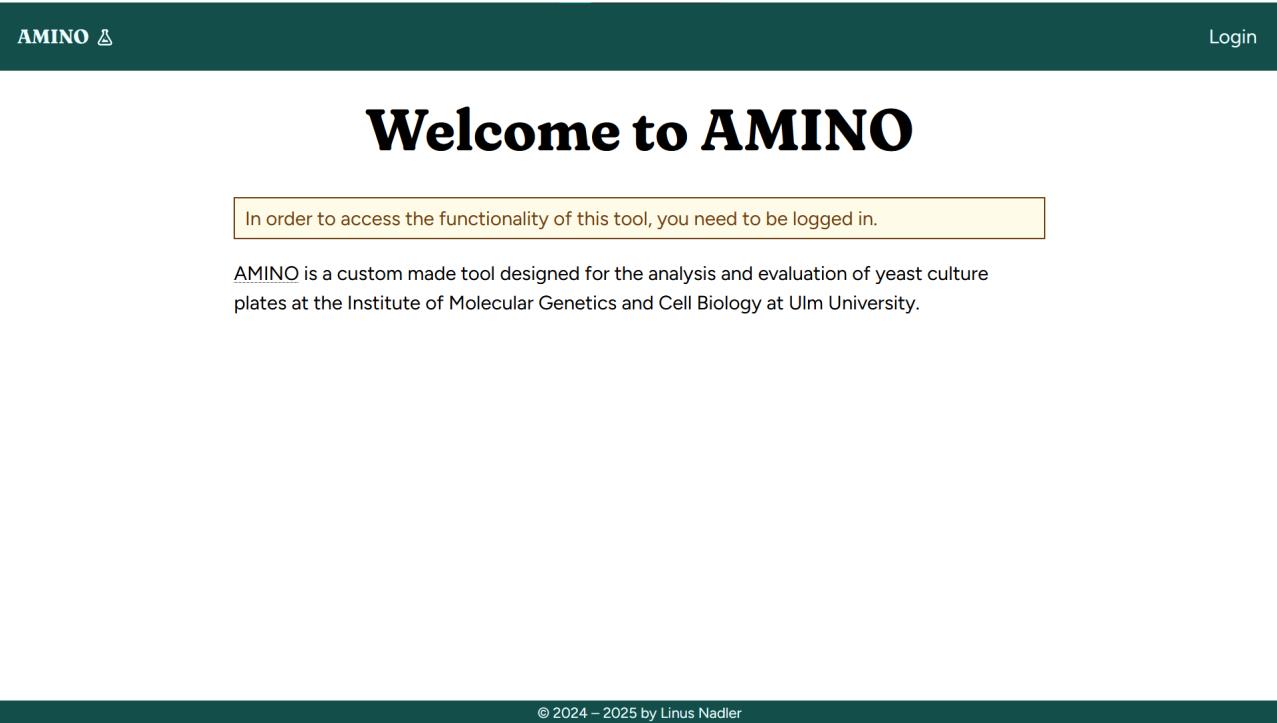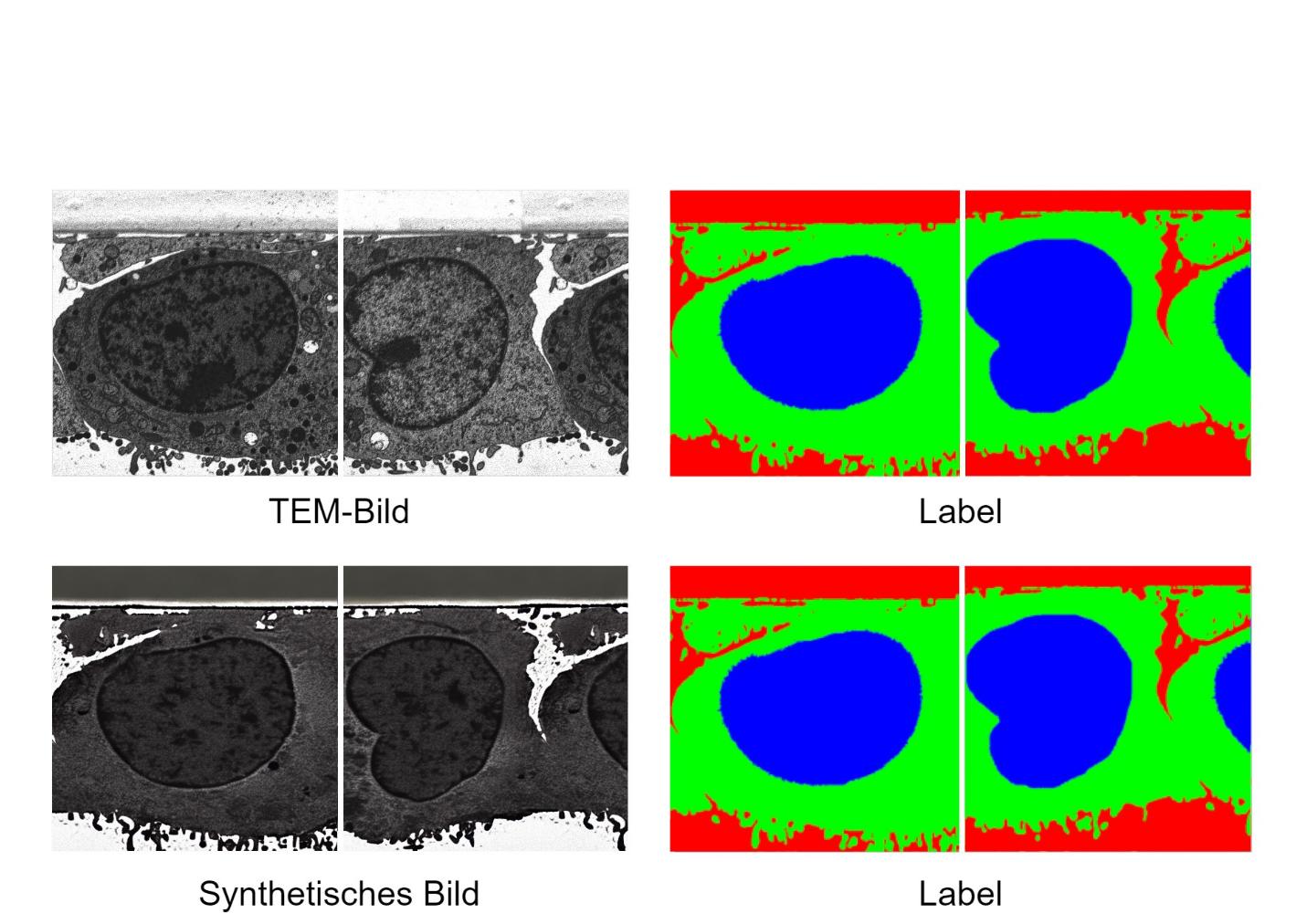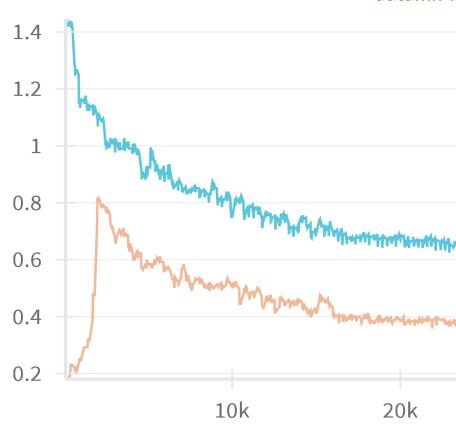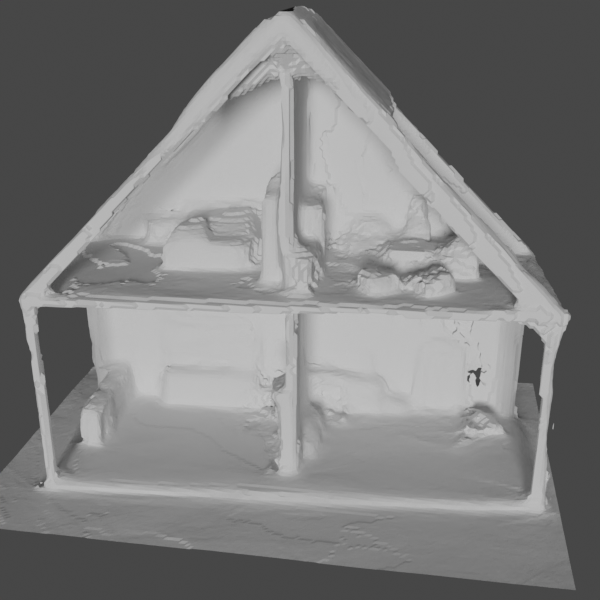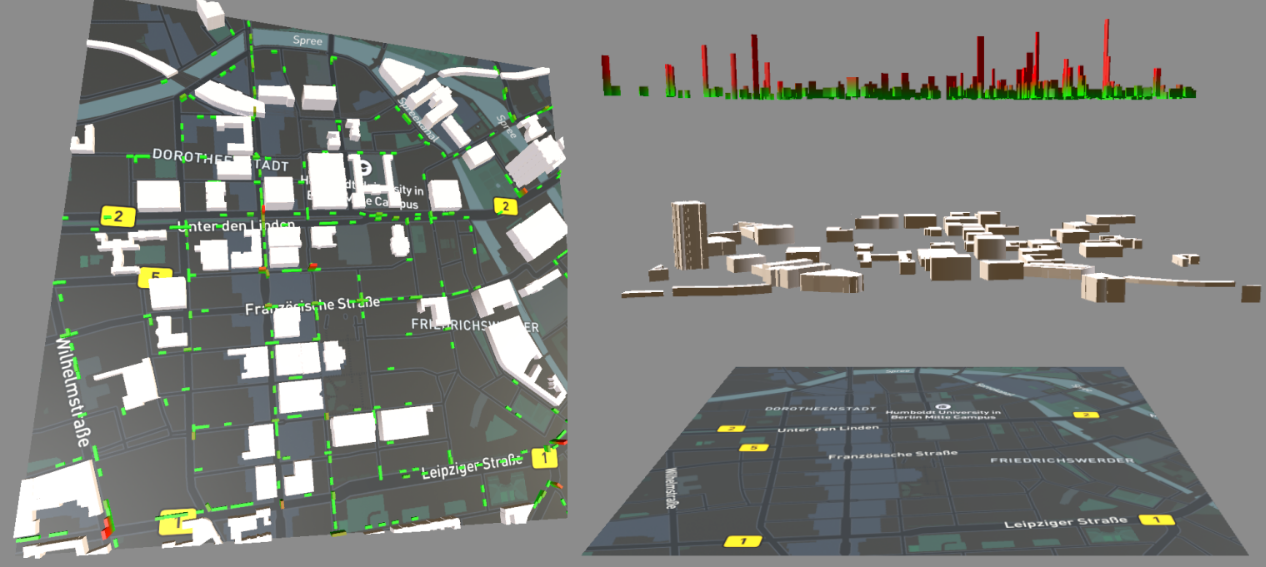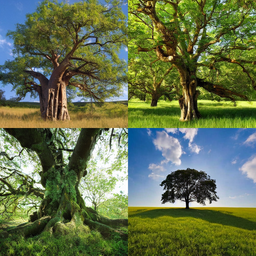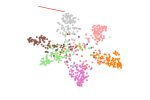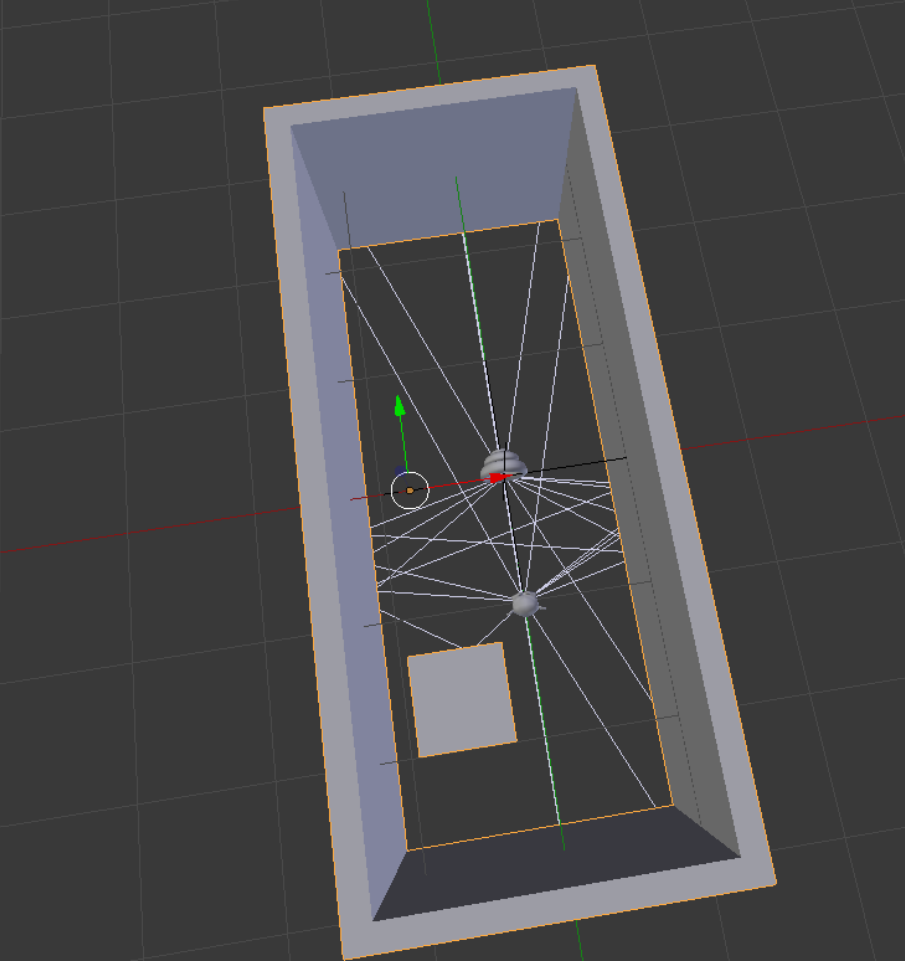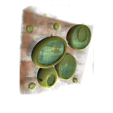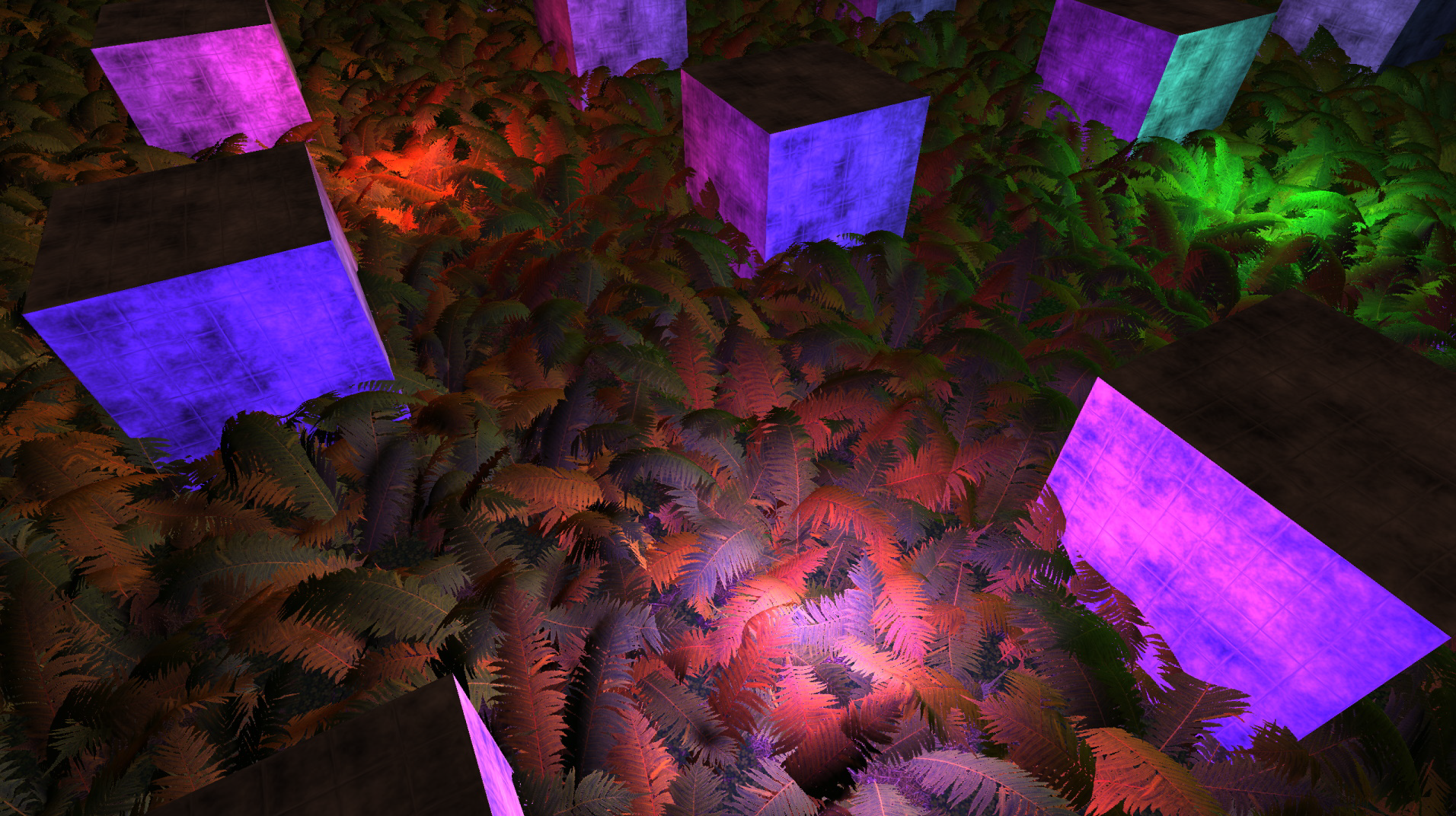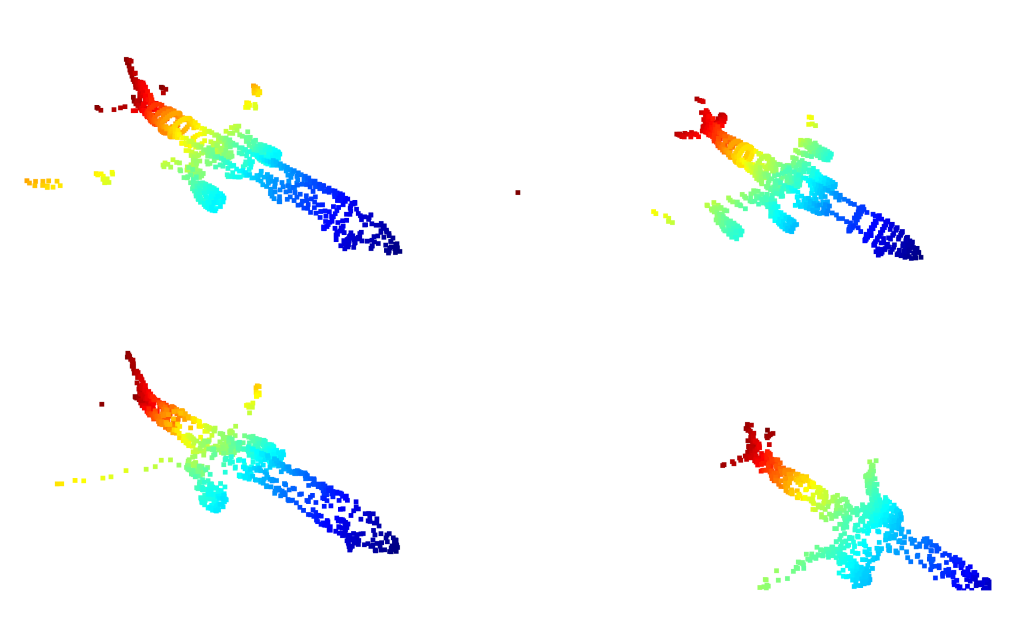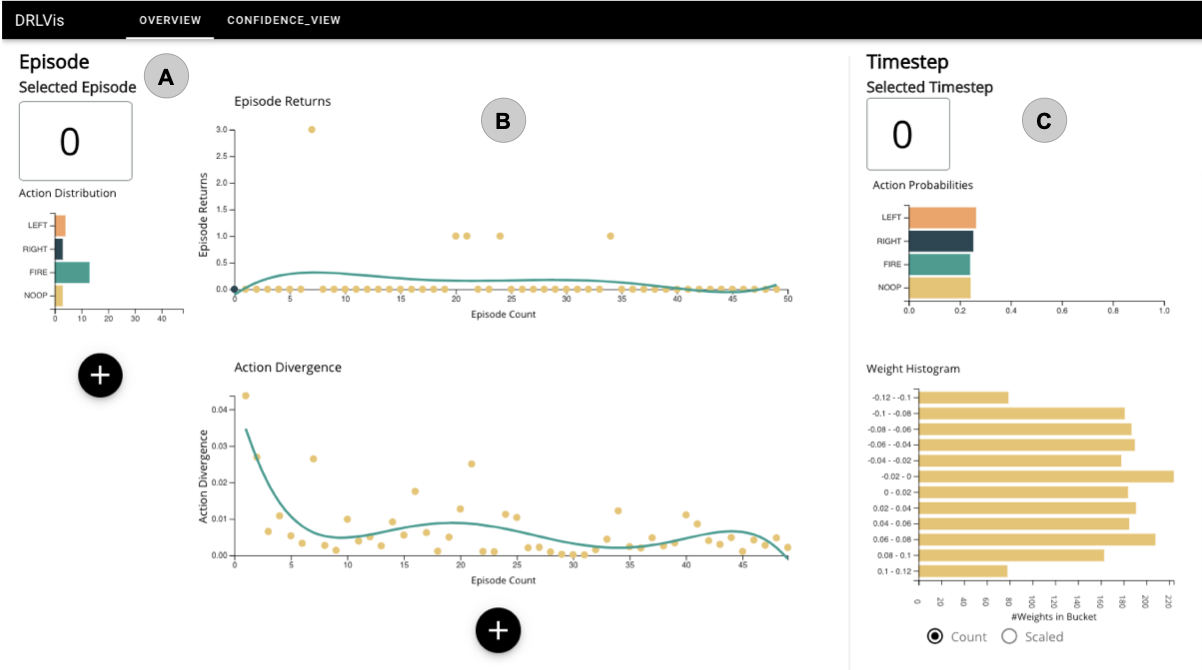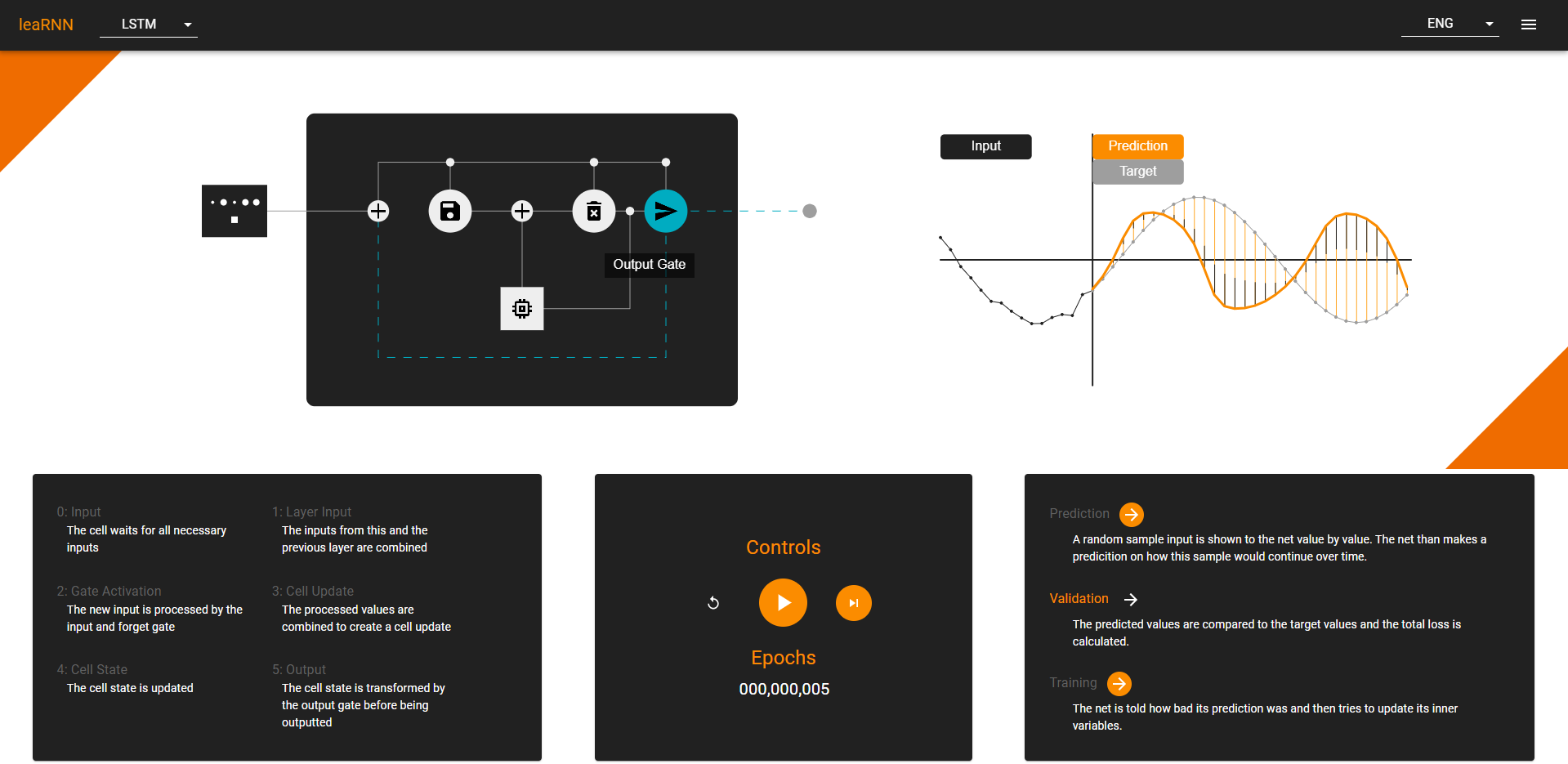Bachelor & Master Theses
Students studying Media Informatics, Computer Science, Software Engineering, or Cognitive Systems are very welcome to carry out their final thesis project (Bachelor or Master) with us. If you are interested, we recommend that you contact one of the research group staff directly.In the following, we give information about the topic selection, the thesis process, templates, and a list of concluded theses for your initial orientation.
Topic Selection
We always offer interesting topics in the areas of computer graphics, visualization, deep learning, explainable artificial intelligence, and a special focus on (bio-)medical applications. Students can either work on one of our currently open topics or develop a topic together with one of the research group staff, also on the basis of own ideas. The topics can have a practical as well as theoretical focus. Explorative user studies are also possible.Thesis Process
In general, the work on a final thesis project can be divided into multiple distinct phases:
- Planning Phase: In this phase, the student familiarizes themselves with the subject and collaboratively plans the thesis work with the supervisor. The outcome is a 1-2 page document (document template) outlining the work plan and the objectives of the thesis.
- Implementation Phase: During this phase, the objectives defined in the planning phase are realized. This is typically the most time-consuming phase of the project.
- Writing Phase: In the final phase, the student writes the thesis either in publication style (preferred - template) or normal style (template), detailing the topic in relation to related work, and discussing both the implementation and the results. Paper-style theses are limited to a maximum of 8 pages, excluding references. Any additional information that exceeds this page limit should be included as Supplementary Material. This may include extended data tables, detailed methodology, additional figures or results, code, or any other content that supports the main text but is not essential to its core argument. The thesis can be written in either German or English.
- Submission: The written thesis must be submitted to the Student Administration Office (Studiensekretariat), inclusing a Declaration of Autonomy. No additional submission to the supervisor or examiner is required. However, all code and data associated with the thesis should be provided directly to the supervisor.
- Final Presentation: Once the thesis is completed, the student presents their work during our group meeting using the presentation template. Bachelor’s students are required to present for 10 minutes, followed by a 5-minute discussion (10+5), while Master’s students must present for 10 minutes with a 10-minute discussion (10+10). Possible dates are discussed in advance with the supervisor.
Throughout all phases, the student maintains close communication with the supervisor, regularly discussing progress and addressing any issues that arise.
All info can also be found here.
Templates
Below you can find templates for writing a thesis with our group.- Thesis Guidelines
- Planning document template
- Thesis template paper style
- Thesis template
- Presentation template
Topics of accomplished theses
Here you can find a list of completed Bachelor and Master theses.

